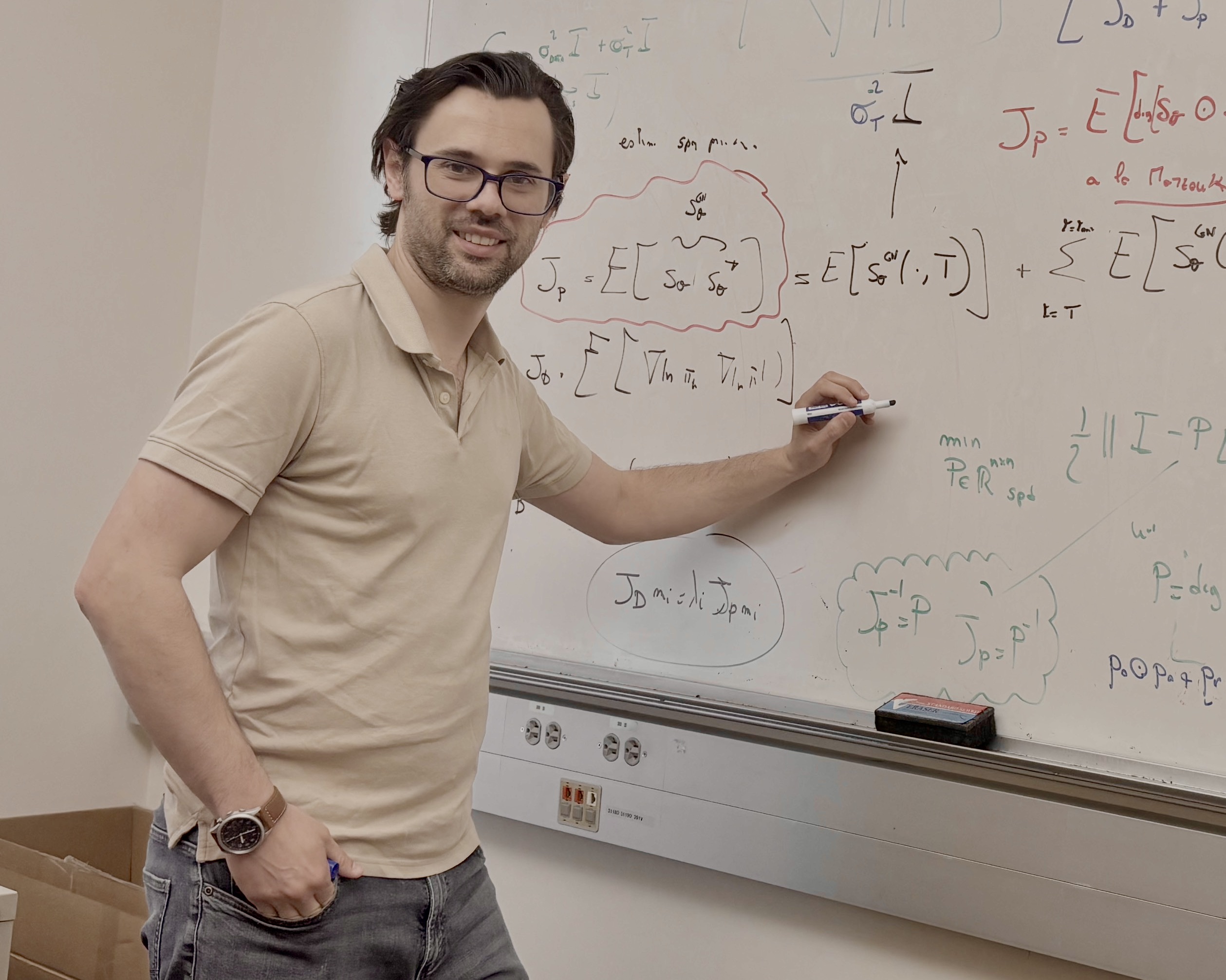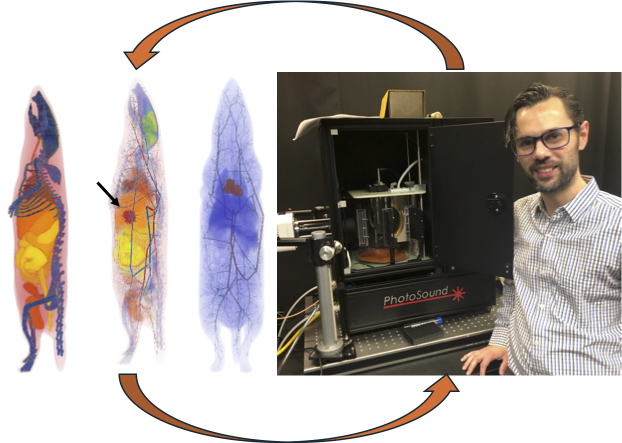When Umberto Villa joined the Oden Institute for Computational Engineering and Sciences in 2022, he brought with him what he calls a “unique background in engineering, computational science, and mathematics.” His work spans everything from modeling blood flow in arteries to creating virtual imaging trials for next-generation cancer detection—and along the way, he’s never lost sight of the real-world impact his research can have.
Now a Research Associate Professor and Principal Faculty at the Institute, Villa is a member of two research groups at the Oden Institute: the Predictive Engineering and Computational Sciences (PECOS) group and the Optimization, Inversion, Machine Learning, and Uncertainty for Complex Systems (OPTIMUS) research group.
Villa recalls how his love for math started young. “In elementary and middle school, I was very good at math. It was much easier for me to write equations and formulas than to write, [you know,] a literature paper,” he explains with a laugh. He considered studying pure mathematics, but a lecture by Professor Alfio Quarteroni at Politecnico di Milano in Italy changed his trajectory. That presentation, which demonstrated how computational modeling can optimize the design of a regatta boat, “kind of blew my mind,” says Villa, making him realize the practical and wide-ranging applications mathematics could have. Quarteroni gave a Distinguished Lecture at the Oden Institute in Spring 2024, and is a Senior Research Fellow at the Institute.
After pursuing a Ph.D. at Emory University—where his dissertation focused on simulating blood flow in arteries—Villa became fascinated by using computational models in biomedicine. “I always like to be able to have a real impact in practical applications, and in particular in biomedical applications,” he notes. While his skill set is highly computational, the end goal is always to improve health outcomes, whether by enhancing medical imaging or optimizing anti-cancer therapies.


